Creativity is not limited to people who have artistic talent, although art can be a vehicle for creativity. Rather, it is a process, a movement that doesn’t start in the art room but in the classroom, the lab and the workplace.
For children from 6 to 12 (the primary-school through preteen years), activity books are a no-brainer, screen-light way to develop imagination, focus, fine motor skills, real-world thinking and a launch pad for further experimentation. Here are 10 varieties of activity books that pack an educational wallop — along with what they teach, how to use them at home and tricks for holding children’s attention.
Pro tip: Pair each book with easy and low-prep activities (a timed challenge, a mini project or a family game), to help keep your strong rhythm steady.
Why it matters: “Drawing helps to develop visual thinking, patience and hand-eye coordination.” Colouring is a powerful educational tool to give your child, and your child's brain, a little break after school!
What to seek out: Books that marry step-by-step drawing with open-ended prompts (for example, “Draw your dream city”).
How to use: Schedule 10 minutes of “daily doodling”; try weekend themes (nature, superheroes, celebrations).
Why they matter: Puzzles sharpen logic, spatial thinking, and even endurance — all great for ages 8-12.
What to look for: Mixed formats including mazes, riddles, Sudoku, crosswords, and visual reasoning.
How to use: Make it social: “solve & explain” rounds where kids teach back the solution.
Why they matter: STEM books turn curiosity into experiments — employing basic physics tricks, kitchen chemistry, coding logic, and math games.
What to look for: Clear directions, family-friendly supplies and notes about security.
What to do: Schedule a dedicated day of the week (let’s call it “STEM Saturday”) for your STEM projects. Write up results as a science journal for practice in writing skills.
Here’s another post in this series. You can find the others, including the 4.
Why they matter: Language activity books take grammar off the page with games, story starters, synonym hunts and “fix the sentence” challenges.
What to look for: Short, self-contained activities with age-appropriate activities (10-15 minutes each).
How to use: Start a “Writer’s Corner” — children choose a prompt, write for 8-10 minutes and then share what they’ve written.
Why they matter: Math is fun when it’s puzzles and patterns, or real-life problems (time, money, measurement).
What to test: Mathy riddles and visual puzzles, activity sets that ramp up in difficulty.
How to Use It: Start “math missions” with small rewards; keep track of streaks to boost confidence.
Why they matter: Craft promotes design thinking and creativity and strengthens fine motor skills.
What to look for: Projects that use everyday materials — boxing paper, glue and string and the recyclables.
How to use: Weekend craft clubs — children design, construct, and parade with one creation every week.
Why they matter: The best activity books give kids a sense of connection to the world — maps, natural habitats, festivals, inventions, “how things work.
What to search for: Fact-plus-activity formats (quizzes, label-the-diagram pages, scavenger lists).
How to use: Use reading + A burst of research—“3 facts about rainforests” + quick sketch.
Why they matter: Strategy puzzles encourage planning and multiple-step thinking — important skills for big kids (9–12).
What to look for in problem books: Levelling up, answer keys and “hint” sections to reduce frustration.
How to play: Create a “logic ladder” — kids must move up one rung every time they match a class.
Why they matter: Geography + culture books foster empathy and a connection to the world.
What You’ll Find: Map challenges, “stamp the country,” food & costume quizzes, festival crafts.
How to use: Plan a “country of the month” — reading, crafting, cooking a simple dish, and marking the map.
Why they matter: Light frames can model goal-setting, reflection and accountability — all concepts that are ripe for preteens.
What to look for: Weekly goal and gratitude lists, mood/reading trackers and places to doodle.
How to use: Each week, complete a 10-minute check-in; celebrate the mini-victories.
Select one book from each category below, and alternate the books you read each week to create a powerful at-home learning kit:
Q1. How many activity books should a child be doing at once?
2 – 3 is cool (creative/art/colouring, logic/puzzles, skill/math/English, etc.)
Q2. What if my child gets bored?
Flip the format (from puzzles to a craft), change the length of a session or add a social component (parent/peer challenges).
Q3. Activity books – what role do they play when we are preparing for exams?
Yes — logic puzzles make kids think, language prompts build clarity of thought, and math workbooks reinforce fundamentals that enhance classroom performance.
Copyright © 2020-2024 Prakash Sales | Website Developed & Managed by Digital Web King
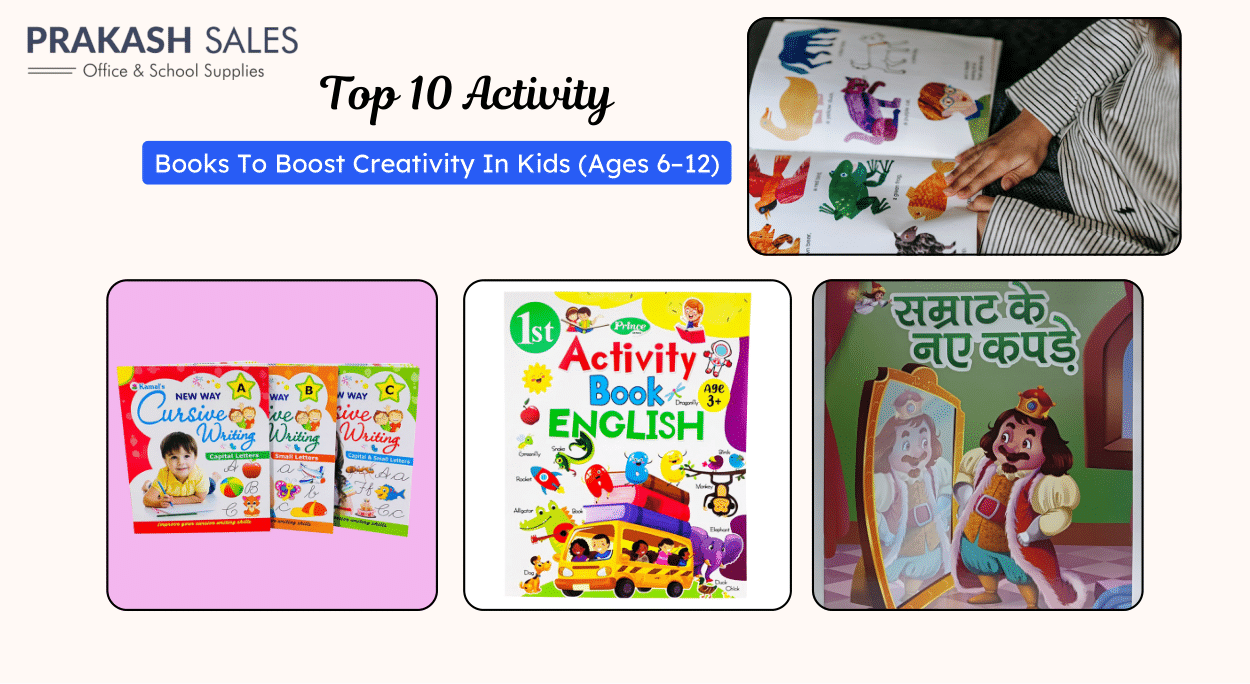
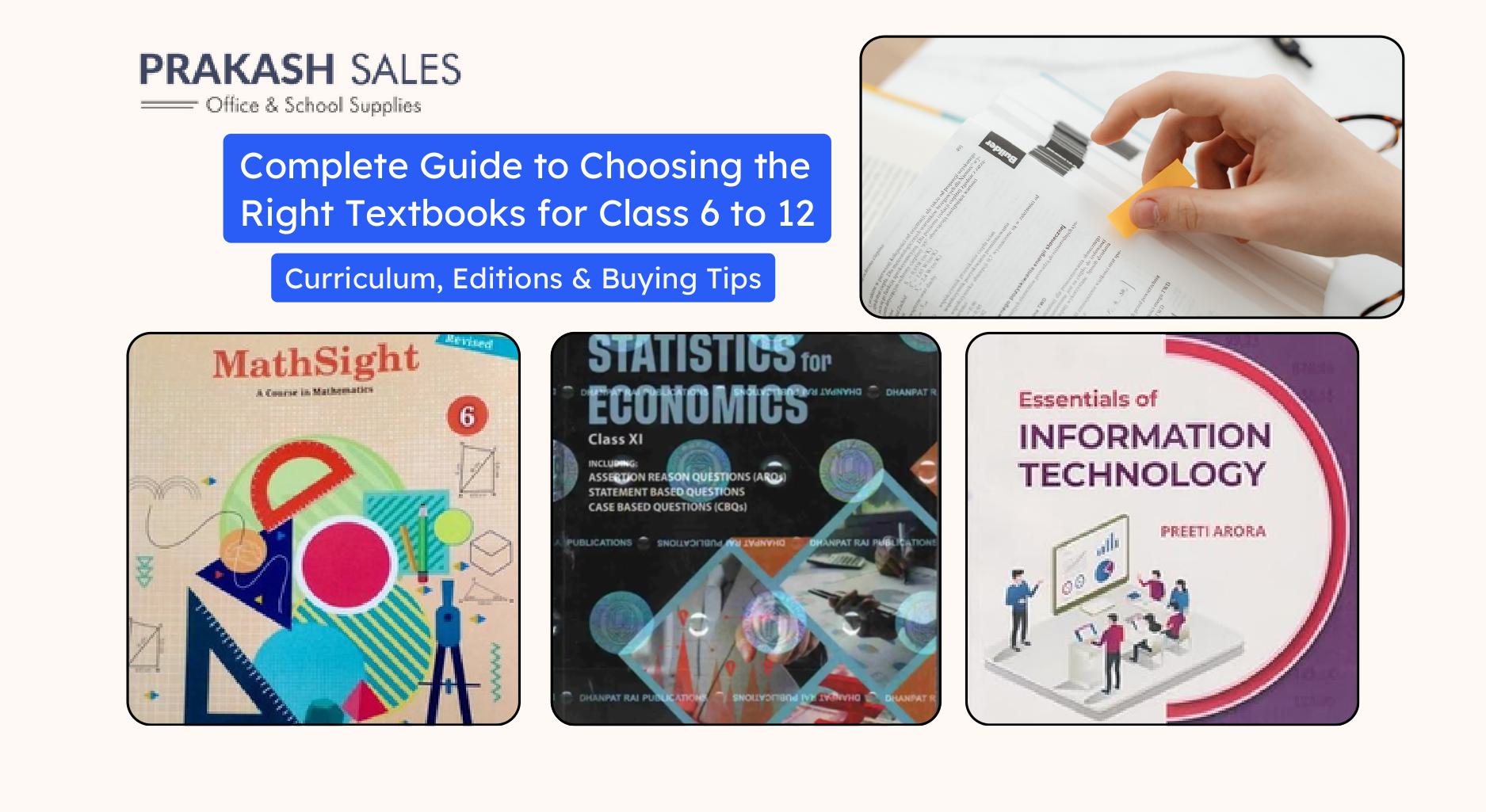
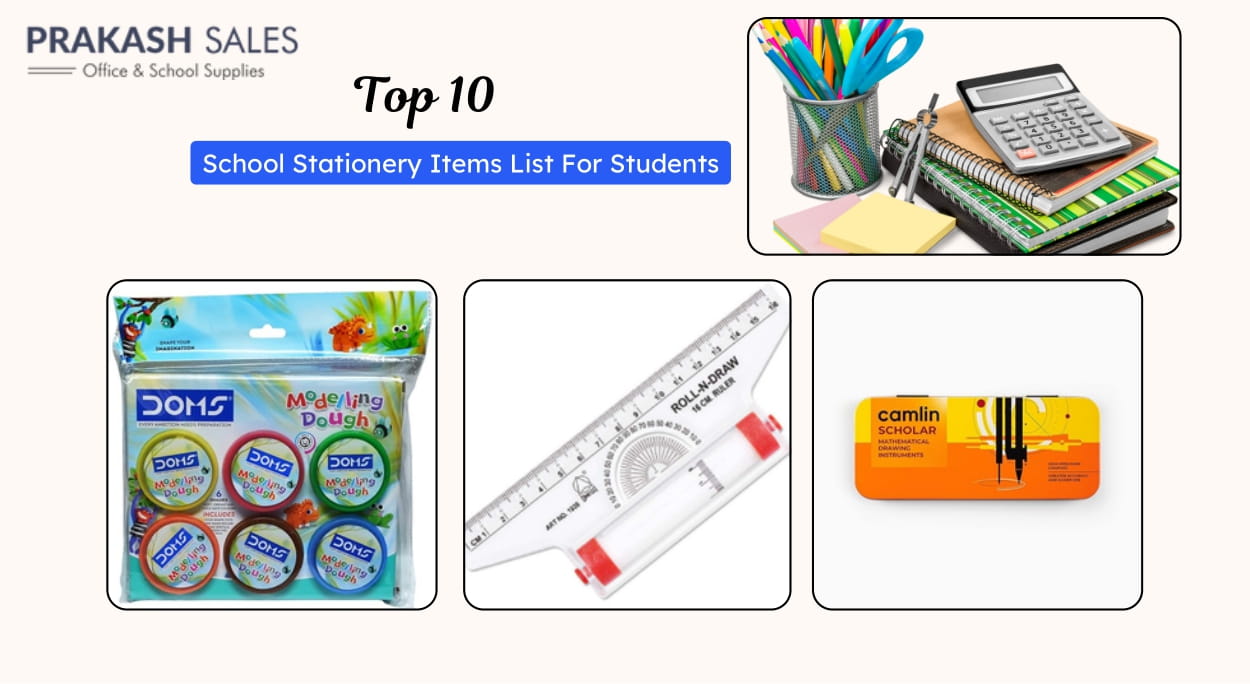

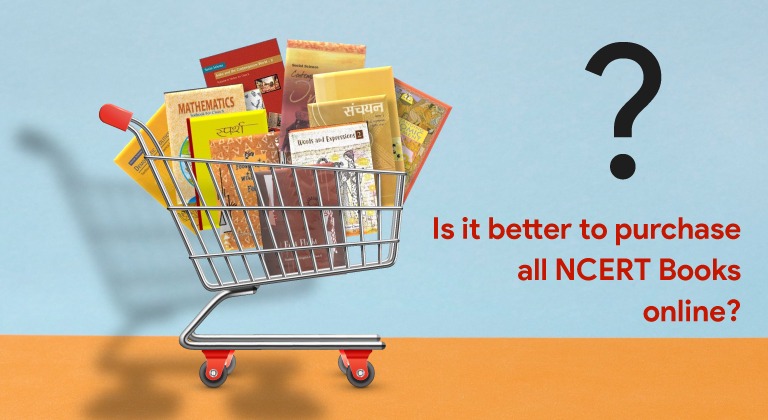


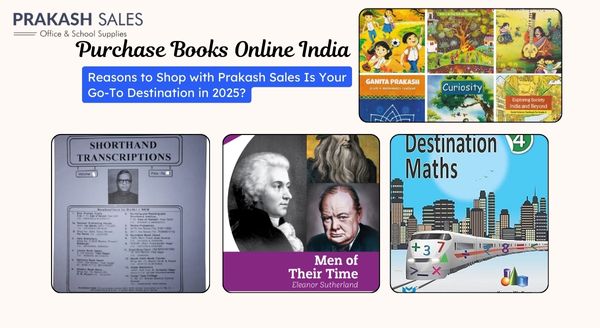
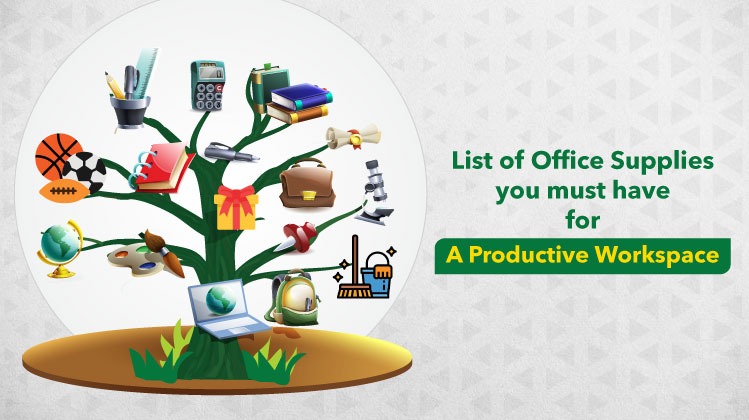

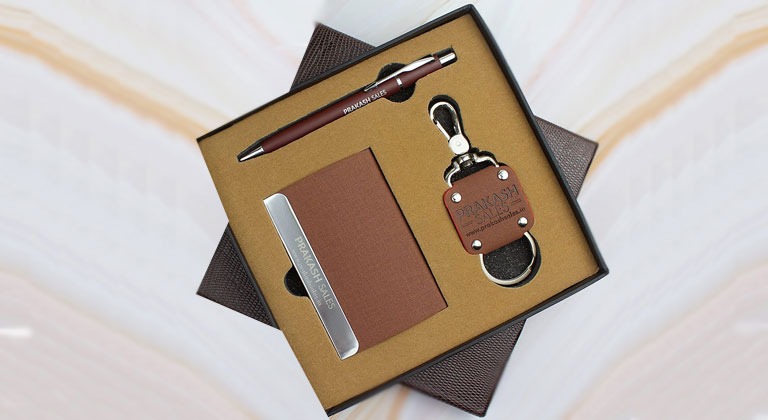



Leave a Comment